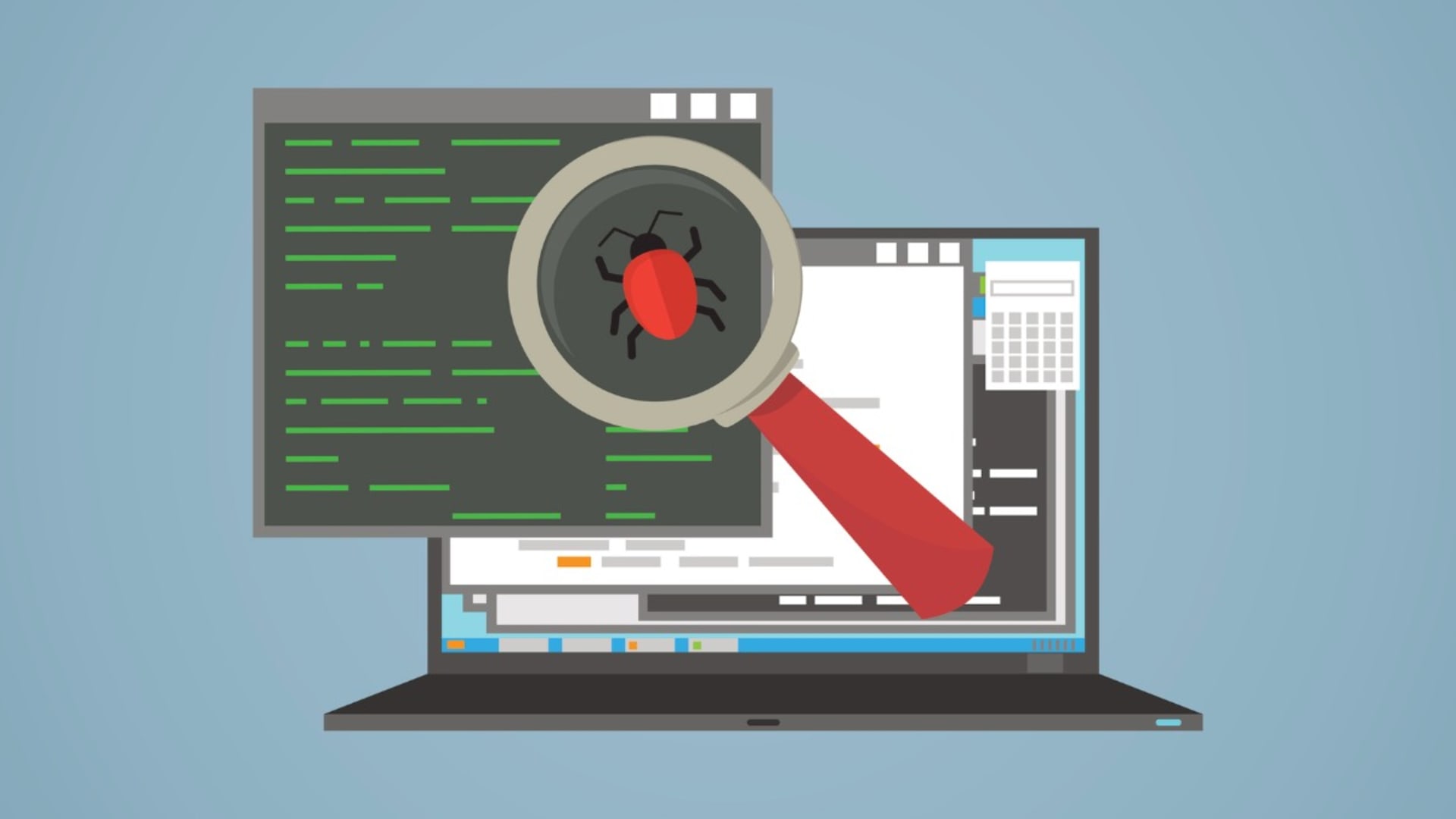Software testing refers to the systematic process of evaluating a software application to ensure that it meets the specified requirements and works correctly.
The process involves executing the software under controlled conditions and observing its behavior to identify any potential defects or discrepancies. The goal is to ensure (and even improve) reliability, performance, and user satisfaction while reducing risks and costs.
Software testing techniques include both verification and validation. These are both essential components of the testing process, contributing to the overall quality and success of the software.
What Is Verification Testing?
In the context of software testing, verification testing ensures that software meets its requirements and adheres to predetermined standards.
Verification asks, was this software designed and developed as per the specified requirements?
The verification component of the software testing process involves examining the software to identify any inconsistencies or deviations from the requirements. This process typically follows the entire development lifestyle to ensure each phase of development aligns with the initial plans for the software. This way, the final product meets the client’s needs and expectations.
What Is Validation Testing?
Validation testing assesses whether the software meets those needs and expectations. The main goal is to confirm that the product works like it was intended to work. Validation testing assesses the software from the end user’s perspective to ensure that it aligns with users’ expectations and delivers desired outcomes.
Validation asks, does this software fulfill its intended purpose and address the user’s needs effectively?
The validation component of the software testing process involves validating the functionality, performance, and user satisfaction with the software.
Background of Verification and Validation
Verification and validation testing in software development have evolved over time. These testing approaches indicate an increasing emphasis on quality assurance.
Developers have been verifying and validating their work since the advent of software engineering, structured programming methodologies, and quality-management principles. However, early software developers primarily focused on clean code. They put little to no emphasis on formal software testing—especially not throughout the entire development lifecycle.
As technology has advanced, so have testing methodologies. With more complex and dynamic software has come the need for systematic testing approaches to ensure reliability, functionality, and performance.
Verification became a prominent process when structured walkthroughs and code inspections started becoming the norm.
Validation, which confirms that the software meets user requirements, has also become more critical as software systems have become more user-centric.
Today, both verification and validation play pivotal roles within the software development life cycle. Verification activities begin at the start of the SDLC and take place throughout each development phase. Validation activities also occur at the beginning of the SDLC but after components are already developed and designed. These ensure that each component (and, ultimately, the final product) does what it was intended to do.
Together, verification and validation testing approaches provide comprehensive quality assurance throughout the entire software development process. They reduce errors and enhance both reliability and usability.
Difference Between Verification and Validation Testing
While verification and validation testing are sometimes used interchangeably, there are key differences between them.
Verification testing focuses on ensuring that the software is developed and designed correctly, while validation testing focuses on ensuring that the software does its job.
Think of building a room, for example. The room should be 30 feet long by 30 feet wide to provide enough space to fit all the furniture, and it should be 15 feet tall, so it’s tall enough for people to stand inside.
The verification process would confirm that the room is being built to those specifications. The builders would ensure they’re buying the right materials to construct the room, like long-enough beams. They would keep verifying that the room is indeed 30′ long by 30′ wide and 15′ tall. Once they’re finished building the entire room, they would also validate that it can fit all the furniture and people can stand inside.
Verification and validation are similar in software development. Verification involves activities like code reviews, inspections, and static analysis to ensure each phase of development aligns with predefined standards and specifications. Validation uses testing and user feedback to look at factors like functionality and usability to confirm that the software meets the requirements of its client and end-users.
Core Distinctions
Verification ensures that the software is built right, while validation ensures that the right software was built.
Let’s break down the distinctions.
- Nature of the Process:
Verification is a static process. It involves reviewing and analyzing documentation and design without actually executing any code. On the other hand, validation is a dynamic process. It involves executing the software system to ensure functionality, usability, and suitability. - Basis of the Process:
Verification relies on checking documentation and design specifications to confirm adherence to requirements without actually running the software. Validation involves executing the system to validate its behavior against user expectations by running the software. - Purpose:
Verification aims to ensure alignment between specified requirements and deployment. Validation, on the other hand, aims to evaluate system functions according to predetermined use cases and confirm that they meet expectations. - Timing in SDLC:
Verification takes place before implementation in the development cycle. Testers can ensure that all documentation and design aspects are in order before coding starts. However, validation takes place after coding so it can test the product’s functionality and performance. - Error Handling:
Verification is important for detecting errors in the early phases of software development. It minimizes the need for redoing work and ensures consistency throughout the SDLC. Validation, meanwhile, identifies gaps post-development. It focuses on functionality, ensuring the final product meets user expectations.
Tools and Techniques
Verification and validation testing approaches require various tools and techniques.
- For Verification:
- Checklists: To identify necessary steps and requirements and ensure that they are met
- Walkthroughs: To collaboratively review, discuss, and analyze software design or documentation
- Peer reviews: To review team members’ work and identify errors or inconsistencies
- Static analysis tools: To analyze code or documentation without executing it, detecting potential code issues or violations of coding standards
- For Validation:
- Test cases: To verify the functionality and performance of the software in formal scenarios
- Prototypes: To gather feedback, validate requirements, and iterate with early versions of the software
- Dynamic analysis tools: To analyze software during runtime to identify potential issues like memory leaks or performance bottlenecks
- Actual system execution: To validate the software’s behavior and performance in its intended environment and use cases
Outcomes
The outcome of a verification test is typically expressed as a results report that reflects the readiness of the software for the next phase of development. This report should indicate compliance with development requirements and design specifications.
In contrast, the validation process produces a working software system that confirms its readiness for production deployment.
Feedback and Iterations
Verification may lead to revisions in design or specification documents based on issues or discrepancies. Validation might require actual code changes or further development to address user feedback or performance bottlenecks.
Importance of Clear Understanding
Distinguishing between verification and validation is crucial to see a software testing strategy to fruition. Confusing these terms can lead to misunderstandings and missed requirements—and ultimately, low-quality software.
The proper implementation of verification and validation processes ensures software quality and user satisfaction.
Real-World Scenarios
Verification and validation testing are commonly used in software development across industries and technologies.
Verification testing
For an example of verification testing in software development, consider a mobile application’s user-interface (UI). The verification process would involve ensuring that the app’s UI elements make sense according to its design specifications.
This process could include comparing the app’s UI components against the UI wireframes and application’s mockups. Testers may verify that the color schemes are correct, ensure that layout is consistent, and confirm that the overall UI adheres to any outlined branding guidelines.
Team members might perform thorough reviews and walkthroughs with developers and designers, leveraging a checklist to confirm compliance. They may also leverage static analysis tools to check the code for any deviations from the UI design specifications before proceeding to the next phase of app development.
Validation testing
For an example of validation testing in software development, consider an e-commerce platform’s checkout process.
Validation testers would execute various test cases that simulate real-world user interactions (they would pretend to really check out of the e-commerce store). They may test adding items to their cart, applying discount codes, entering their credit card details, adding their shipping information, and completing the purchase.
They may also use dynamic analysis tools to monitor the system’s performance, looking at factors like load times and transaction processing efficiency against performance benchmarks. These steps help to ensure smooth and secure payment processing for users.
Advantages of Differentiating the Two
Differentiating between verification and validation in software testing is critical for successful software development and deployment. Knowing the difference enables clear communication and collaboration among team members.
By understanding and applying these concepts correctly, organizations minimize the room for error, avoid redundant efforts, and optimize resource allocation, resulting in cost-saving benefits. They also ensure that each aspect of the testing process is given appropriate attention.
A clear delineation between verification and validation processes allows you to address different aspects of testing. The biggest benefit to testing the right way is getting software that meets or exceeds the expectations of the client and their users.
Conclusion
Understanding the distinctions between verification and validation testing is paramount for producing reliable and user-friendly software.
Verification ensures that the software is built correctly, and validation ensures that it works correctly. By understanding these processes, organizations can effectively allocate resources and test exhaustively—both before and after coding.
Together, these processes ensure comprehensive testing throughout the entire software development lifecycle, so the user gets reliable software.
FAQ
What is the primary focus of verification testing in software testing?
The primary focus of verification testing in software testing is to ensure that the software aligns with all requirements. From initial planning to implementation, the product must adhere to predefined standards. Code reviews, inspections, and static analysis ensure the software is built correctly. This minimizes deviations and ensures consistency throughout the development process.
How does validation benefit the end-users?
Validation benefits end-users by ensuring that the final product meets their expectations. Through validation testing, you ensure that the software functions as intended. The process also verifies that the software is user-friendly. If there are any performance bottlenecks or room for improvement, the developers can address them before moving onto the next phase of development or deploying the final software.
Are both verification and validation necessary for successful software development?
Yes, both verification and validation are necessary for successful software development. They are essential components of a comprehensive testing process. Verification is essential for ensuring the software is built correctly, and validation is necessary for ensuring the right product is built to meet users’ expectations.
What are some types of software testing?
There are many types of software testing: functional testing, non-functional testing, unit testing, system testing, user acceptance testing, load testing, and integration testing, to name a few.






